Art & Exhibitions
Garry Winogrand’s Lost Negatives Come to Light
National Gallery of Art reveals never-before-seen photos by the late artist.
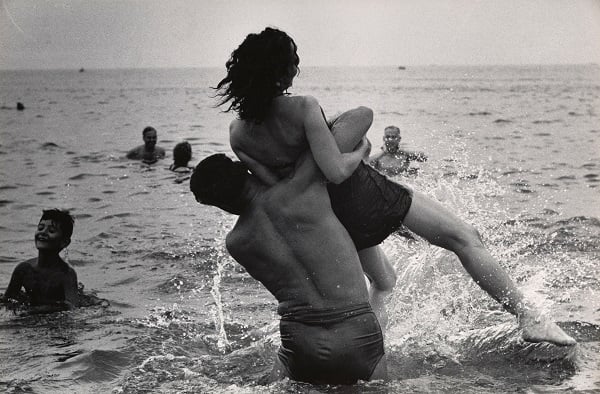
National Gallery of Art reveals never-before-seen photos by the late artist.

Sarah Cascone

The work of 20th century street photographer Garry Winogrand takes center stage at a current retrospective at the National Gallery of Art in Washington, DC. The artist captured scenes of urban and suburban life across the US, primarily focusing on New York, Austin, and Los Angeles.
Unlike earlier street photographers, who typically acted as observers, Winogrand’s tendency was get up close and personal with his subjects, sometimes even provoking them.
In particular, Winogrand was known for his propensity for turning his lens on fashionably attired women. His book Women Are Beautiful angered feminists when it was released in 1975, the same year that Laura Mulvey published her seminal essay on the male gaze and feminist theory, “Visual Pleasure and Narrative Cinema.”
Accompanying the show at the National Gallery is a 15-minute video presenting the highlights of a two-hour talk Winogrand gave to students at Rice University in 1977. The photographer is unapologetic for his tendency to rely on others to edit his work, calling himself a great editor. The 6,500 rolls of undeveloped film he left behind when he died of gallbladder cancer in 1984 at just 56 years of age, tell a different story.

Gary Winogrand, Central Park Zoo, New York (1967).
Collection of Randi and Bob Fisher, © the estate of Garry Winogrand, courtesy Fraenkel Gallery, San Francisco.
Winogrand’s practice of letting others make the crucial decisions about which photos to print and display began early in his career. In 1967, the Museum of Modern Art presented “New Documents,” a seminal documentary photography exhibition featuring works by Winogrand, Diane Arbus, and Lee Friedlander. Instead of presenting a carefully edited group of images, Winogrand gave curator John Szarkowski hundreds of images to choose from, setting a precedent the artist would follow for the rest of his life.
In the three decades since Winogrand’s death, curators have struggled to manage the photographer’s overwhelming cache of 300,000 unedited images, forcing many to go through the unorthodox process of combing through and giving new life to previously unseen works. In addition to making prints of images annotated by the artist on his contact sheets, but never developed, the exhibition’s curator, photographer Leo Rubinfien, turned to unmarked contact sheets and undeveloped film, mining Winogrand’s untouched archive for photographic gems.
The result is a blend of well-known images by the artist—such as the politically-charged image from 1967 of a well-dressed interracial couple at the Central Park Zoo carrying two chimps dressed like children—and never-before-seen work. A full third of the photos on view were never shown by Winogrand during his lifetime.
![Garry Winogrand, Albuquerque, New Mexico, (1958 [1957?]). The Museum of Modern Art, New York. Purchase © The Estate of Garry Winogrand, courtesy Fraenkel Gallery, San Francisco](https://news.artnet.com/app/news-upload/2014/05/3632-005.jpg)
Garry Winogrand, Albuquerque, New Mexico (1958 [1957?]).
The Museum of Modern Art, New York, © the estate of Garry Winogrand, courtesy Fraenkel Gallery, San Francisco.
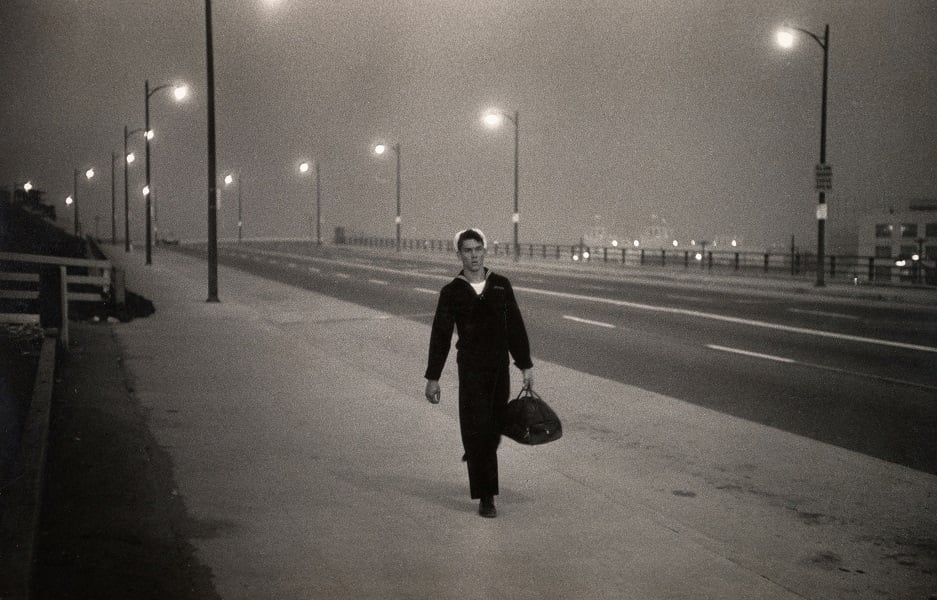
Garry Winogrand, New York (1950).
San Francisco Museum of Modern Art, fractional and promised gift of Carla Emil and Rich Silverstein, © the estate of Garry Winogrand, courtesy Fraenkel Gallery, San Francisco.
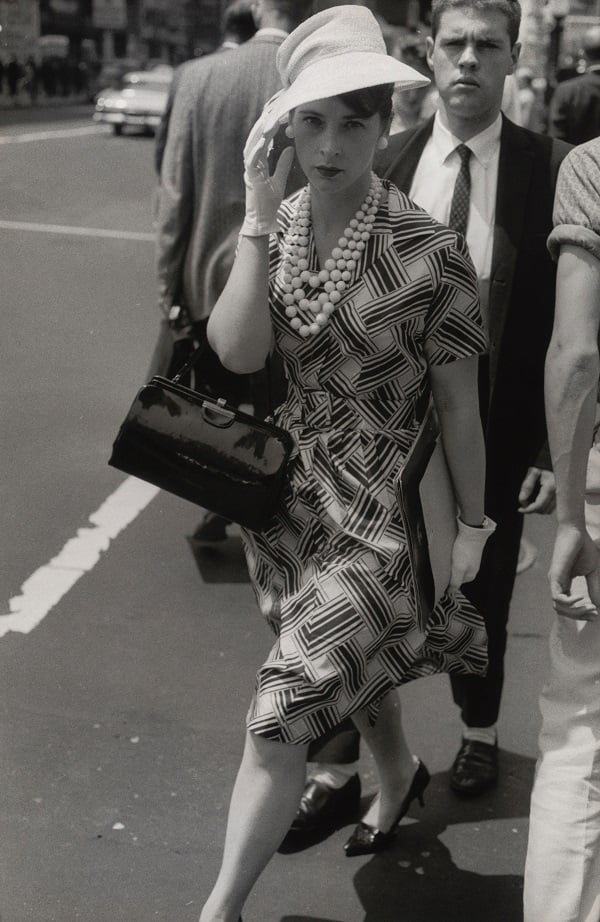
Garry Winogrand, New York (1961).
The Museum of Modern Art, New York. Purchase and gift of Barbara Schwartz in memory of Eugene M. Schwartz, © the estate of Garry Winogrand, courtesy Fraenkel Gallery, San Francisco.
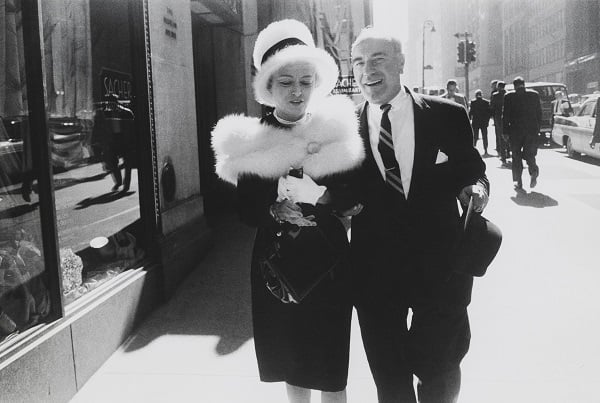
Garry Winogrand, New York (c. 1962).
The Garry Winogrand Archive, Center for Creative Photography, the University of Arizona, © the estate of Garry Winogrand, courtesy Fraenkel Gallery, San Francisco

Garry Winogrand, Richard Nixon Campaign Rally, New York (1960).
Posthumous print made from original negative for the current exhibition, courtesy Center for Creative Photography, the University of Arizona, © the estate of Garry Winogrand, courtesy Fraenkel Gallery, San Francisco.
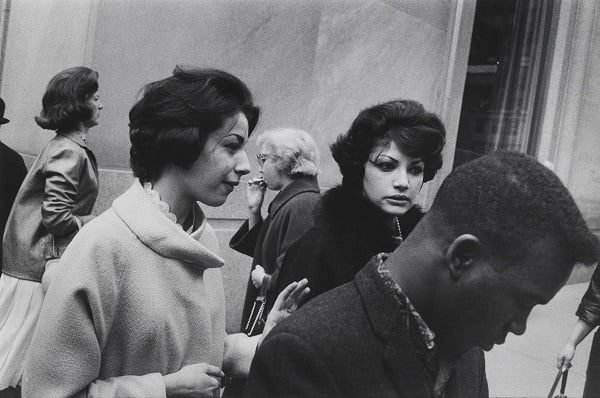
Garry Winogrand, New York (c. 1960).
The Garry Winogrand Archive, Center for Creative Photography, the University of Arizona, © the estate of Garry Winogrand, courtesy Fraenkel Gallery, San Francisco.
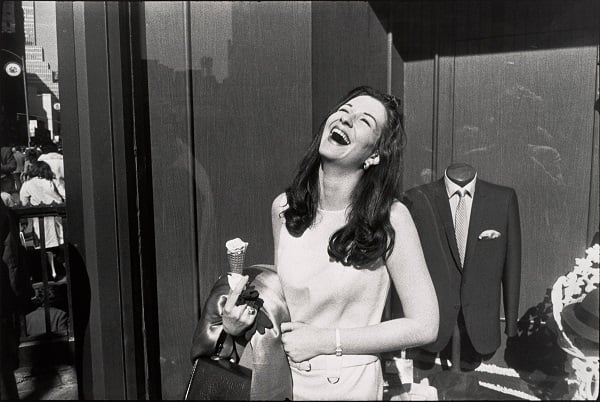
Garry Winogrand, New York (1968).
San Francisco Museum of Modern Art, gift of L.F. Peede Jr., © the estate of Garry Winogrand, courtesy Fraenkel Gallery, San Francisco.
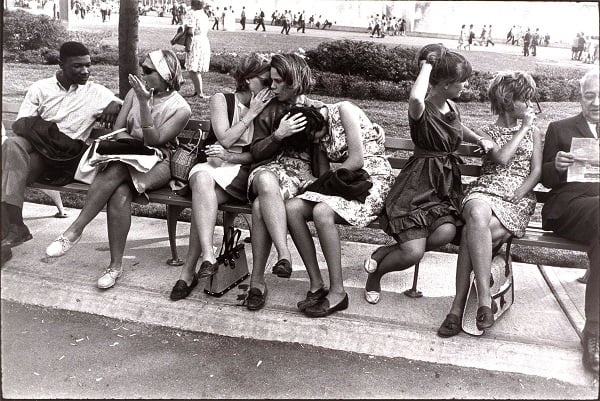
Garry Winogrand, New York World’s Fair (1964).
San Francisco Museum of Modern Art, gift of L.F. Peede, Jr., © the Estate of Garry Winogrand, courtesy Fraenkel Gallery, San Francisco.
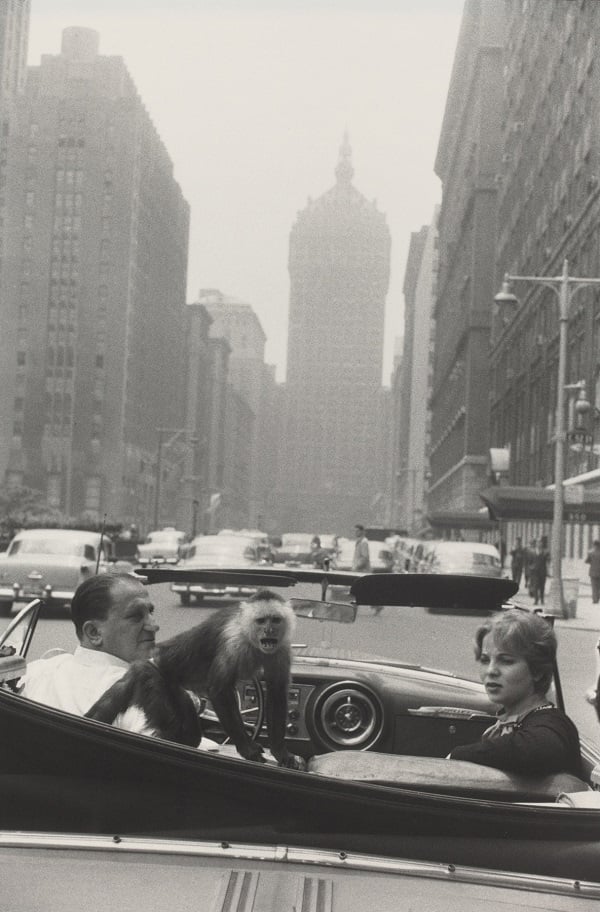
Garry Winogrand, Park Avenue, New York (1959).
National Gallery of Art, Patrons’ Permanent Fund, © the estate of Garry Winogrand, courtesy Fraenkel Gallery, San Francisco.
“Garry Winogrand” debuted last year at the San Francisco Museum of Modern Art, and is on view at the National Gallery of Art at 6th and Constitution Avenue NW, Washington, DC, March 2—June 8, 2014. The exhibition will travel to New York’s Metropolitan Museum of Art (June 27–September 21, 2014), the Jeu de Paume, Paris, (October 14, 2014–January 25, 2015), and the Fundación MAPFRE, Madrid (March 3–May 10, 2015).